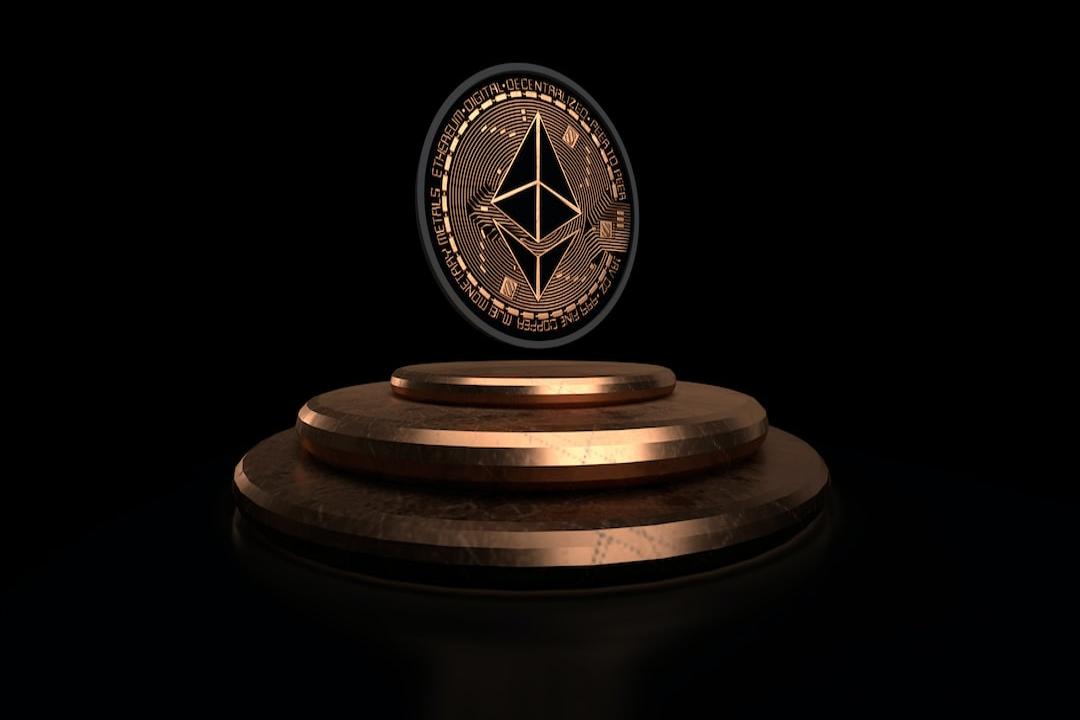On June 3rd, Bankless released a video titled “ETHEREUM VS. SOLANA: Which Blockchain Wins 2024 Beyond?” featuring discussions with Solana founder Anatoly Yakovenko and Ethereum Foundation researcher Justin Drake about their perspectives on the Ethereum and Solana ecosystems. This nearly two-hour debate, showcasing the strong ecosystems from the crypto community, garnered significant attention within the international community.
In this video, the two most prominent ecosystems in the crypto industry engage in a direct dialogue as “representatives,” allowing even ordinary community users unfamiliar with specific technical details to perceive the “personality differences” between Ethereum and Solana.
As summarized by community user Phoenixzen 83, SOL represents “practicality, execution, action bias, user obsession, realism, early failures/rapid/iterative/improvements/breakthroughs/seeking PMF, focusing on applications/products,” while ETH represents “academic, idealistic, simplicity, strict in all edge cases, infrastructure-focused, moving slowly and steadily/securely battle-tested.”
Noteworthy figures such as Dragonfly founder Haseeb, Messari Vice President of Product Jimmy Skuros, among others, shared and recommended this video. Delphi Digital founder Tommy even provided an AI summary of the video, sparking various derivative discussions within the community.
The debate covered various topics, including the “good, bad, ugly, final” aspects of both Ethereum and Solana ecosystems. The representatives from each side highlighted their positive views, temporary shortcomings that can be resolved, irreparable flaws in the opposing ecosystem, and concluded with their vision for the future of their respective ecosystems.
In the “Good” section:
1. Justin praised Solana’s high throughput, low fees, excellent user experience, widespread adoption, and strong financial performance, considering it a healthy part of competition that could accelerate Ethereum’s development.
2. Anatoly commended Ethereum’s large-scale distributed node network and robust security, believing it surpasses a mere majority honest assumption.
In the “Bad” section:
1. Anatoly criticized Ethereum’s EVM design and the split between L1 and L2, citing friction among developers and fragmented liquidity.
2. Justin suggested that Solana’s design with short block times and low slot-to-ping ratios might lead to validators conducting centralized time attacks.
In the “Ugly” section:
1. Justin highlighted Solana’s network effect isolation from L1 and Ethereum, limiting its potential.
2. Anatoly pointed out that Ethereum’s emphasis on “ultrasound money” makes it challenging to derive value from execution/transaction fees.
In the “Final” section:
1. Anatoly proposed that Solana would optimize hardware/bandwidth improvements to offer the fastest and cheapest global state applications.
2. Justin argued that Ethereum’s network effect and composability make it the dominant “value internet,” while Solana has a slight chance to surpass its status.
Key debate points included discussions on high token issuance or inflation leading to additional costs for the network or users, the importance of economic security in blockchain networks, and the risks associated with the low slot-to-ping ratio in Solana leading to centralized time attacks.
Various community members shared their thoughts on the debate, with opinions ranging from supporting Justin to backing Anatoly, highlighting the complexities and nuances of the discussions around Ethereum and Solana ecosystems.
Overall, the video provided valuable insights into the ongoing debate between Ethereum and Solana, showcasing the strengths and weaknesses of each ecosystem and sparking further discussions within the crypto community.

